By DAVE BUCHANAN The Daily Sentinel
Sunday, September 30, 2007
When the National Fly Fishing Championship kicks off this week at various sites along the northern Front Range, Grand Junction dentist Anthony Naranja will have more than a casual interest in the final outcome.
Naranja, who has risen quickly through the angling ranks to become an assistant coach for the U.S. fly fishing team and a certifiably world-class fly angler, not only will be competing for a coveted spot on the U.S. team headed to the 2008 World Championships but also watching how the rest of the current U.S. team performs.
Naranja is captain of the team that won the national championship last year. Composed of Naranja, Lance Egan (Sandy, Utah), George Daniel (State College, Pa.), Brain Capsay (Durango) and Jay Buchner (Jackson, Wyo.), the fivesome is in northern Colorado preparing for next week’s NFFC.
“We are extremely excited to be defending our national championship for 2007,” said Naranja in an e-mail Friday from his NFFC headquarters in Poudre Canyon. “We were all part of this year’s world championships (and) as a team, we are growing together, getting better and better every competition.”
The 15 anglers eventually selected for the U.S. team face even more competition after the NFFC. Those 15 will be whittled down to a five-person team plus alternates for the World Fly Fishing Championship next March in New Zealand.
The weeks of competition take their toll and anglers need to maintain their concentration, Naranja said.
“According to the rules, competition water cannot be fished for a period of 60 days prior to the championship, so our practice time has been focused on water that resembles the competition waters,” wrote Naranja. “The most difficult aspect of any of these competitions is to come prepared mentally. Our team has been in this position before, but the mental game this plays on everyone is something that we must overcome.
“This practice week is for us to do just that.”
The nearly 80 competitors, a word rarely associated with fly fishing and one that still rankles some anglers, will have 21⁄2 days of active fishing. Three-hour morning and afternoon sessions will be conducted Wednesday and Thursday with only a morning session Friday.
There are five fishing venues, including three river beats (the upper and lower Poudre and the Big Thompson rivers) and two lake beats on Parvin and Dowdy lakes in the Red Feather Lakes area west of Fort Collins.
Each participant will fish on every beat but won’t know their NFFC schedule until the team captains’ meeting Monday. So it’s vital the Americans familiarize themselves with water similar to the actual competition sites.
“(Friday), we will be focusing our practice time back on the Poudre River, but now on the lower section,” Naranja said. “Due to the time of year, water levels are quite low, around 50 cubic feet per second, where most summertime water flows may be as high as 1,000 cfs. The Poudre will be a very technical fishery with water this low and will be quite challenging for many of the competitors not use to fishing levels this low.
“Definitely a distinct advantage for our team with the (opportunity to) refine our techniques that we have been able to adapt.”
Winners will be determined according to a formula based on total number of fish and length of fish caught. That’s why you’ll see competitors running up and down streams and even swimming after fish, just to make sure they get every scaly point they can.
A fish doesn’t count until it’s officially been recorded and measured by the judge assigned to each beat.
The final standings will be released Saturday night at the awards banquet, where Gov. Bill Ritter, known as an avid fly angler himself, will give the keynote address.
More information is available on the NFFC Web site, www.nationalflyfishingchampionship.com.
The U.S. teams haven’t done well at most international fly-fishing competitions, the best showing being Jeff Currier’s third in 2003 and George Daniels’ fifth-place last year.
However, team coach Jack Dennis said things are changing since the team-selection process went to a series of regional trials that attract some of the country’s best anglers.
“I firmly believe the competition system will work as it expands and gets better,” Dennis said in an interview published by Colorado Trout Unlimited, the NFFC’s major sponsor. “It will help us get closer and closer and some day soon an American will be on the podium.”
While it isn’t for a lack of trying, there still seems a wide disparity between American anglers and many of the European teams. Perhaps that distance will be shortened if the Americans ever get to compete on home waters instead of traveling to far-distant countries and fishing water they know only from second-hand sources.
As the CTU article notes, European teams have been fishing together for years, frequently competing in the many European fishing tournaments and usually are government supported instead of relying on donations like the Americans.
In contrast, American anglers generally pay their own way to the regionals and in many cases know their potential teammates only through reputation. And while professional bass fishing long has held a familiar spot on Saturday morning TV, competitive fly fishing remains a sideshow, an infrequent curiosity that arouses little attention outside angling circles and even then the ripples don’t spread far.









